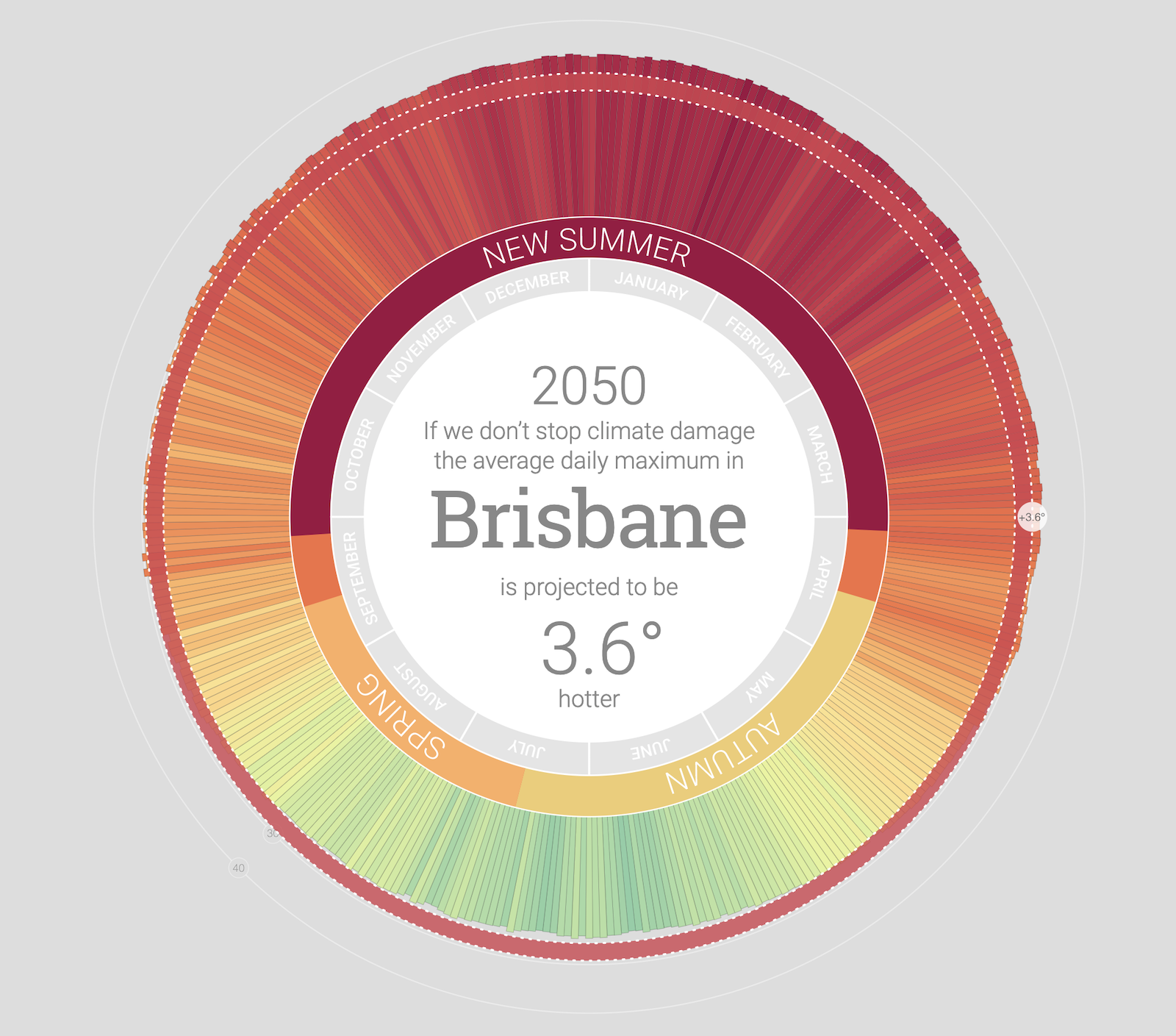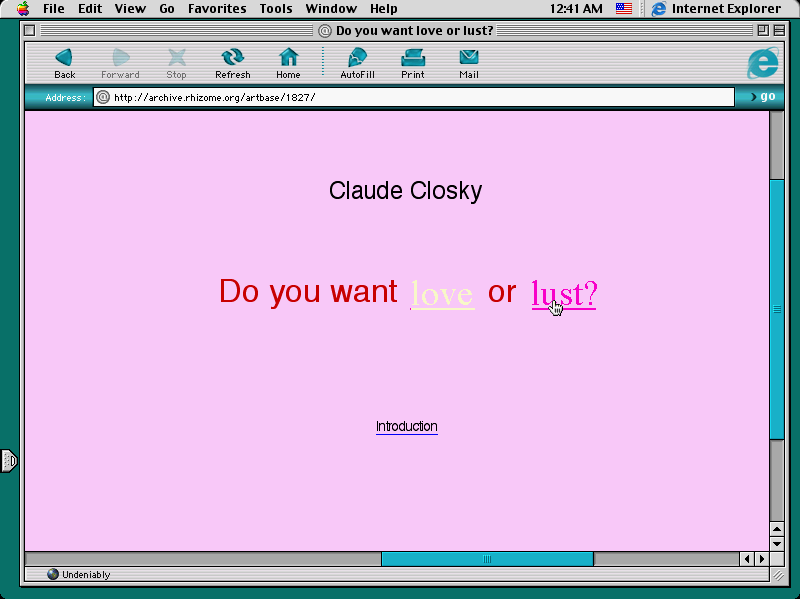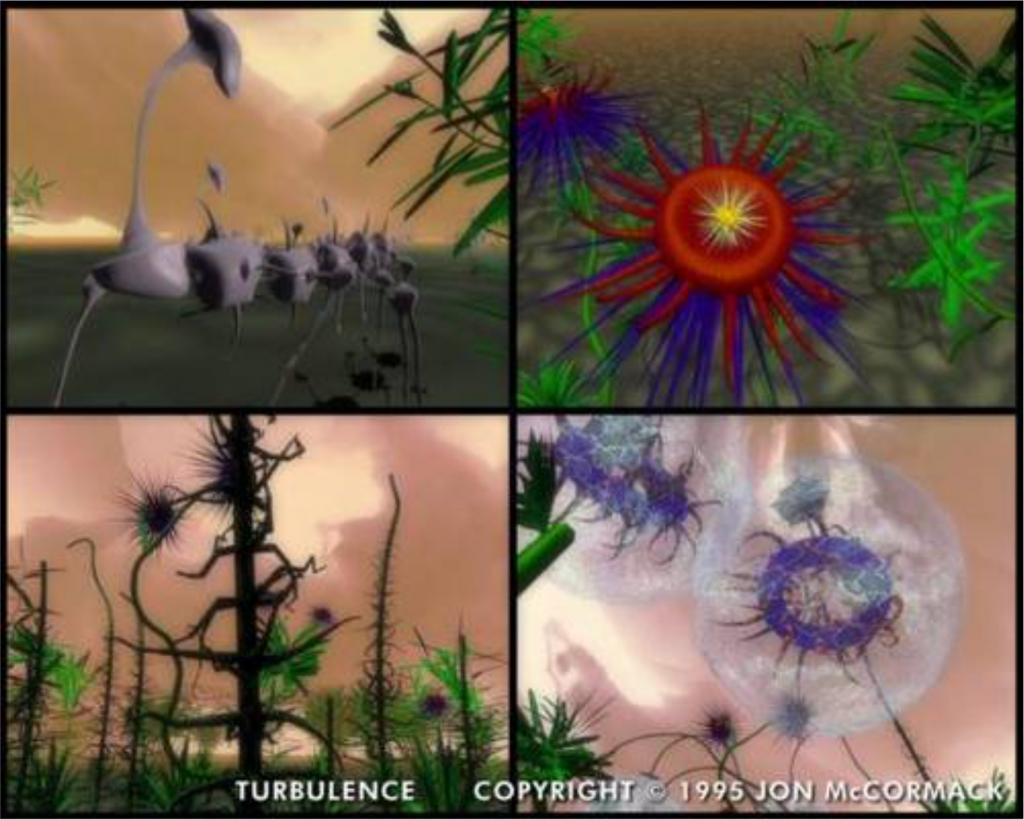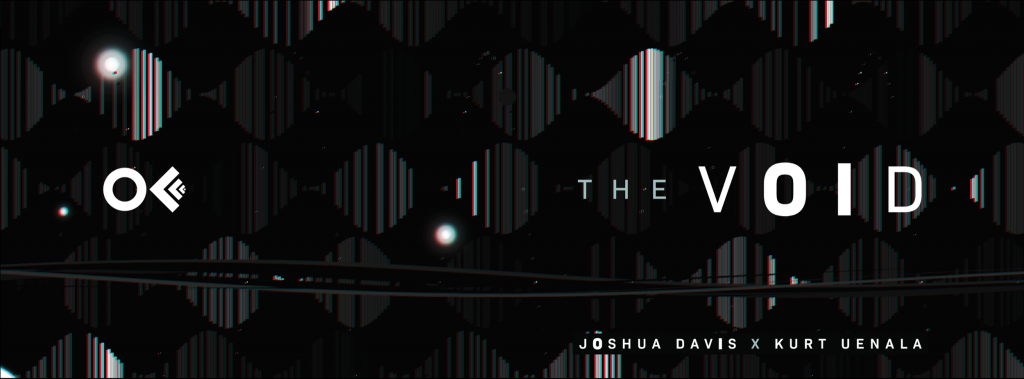One Generative art piece that I find inspirational is My Climate 2050 by Mitchell Whitelaw and Geoff Hinchcliffe. Made in December 2018, it was requested by Australian Conversation Foundation to “communicate localized climate change impacts for a range of sites around Australia”. The mission for this generative art piece is what I admire so much about it. Especially when a time where Global Warming is becoming such an issue, using art to make a statement is extremely necessary. It touches on the idea that art can create change within our world. Using art also enables a larger audience to understand and take action against a complicated idea like Global Warming. An algorithm was used with a dataset of 4700 projections to develop an “adaptable visual form that reveals changes including average temperature increase, summer extremes and changes to seasonality”. Mitchell Whitelaw’s and Geoff Hinchcliffe’s artistic sensibilities manifest in this piece as they are trying to persuade a larger audience on an issue. With this mission, it forces the artists to portray their art a very specific way making them use their artistic sensibilities. In conclusion, I really enjoy looking at this piece and the message that it has to offer.
https://mtchl.net/acf-my-climate/

![[OLD SEMESTER] 15-104 • Introduction to Computing for Creative Practice](../../../../wp-content/uploads/2023/09/stop-banner.png)



